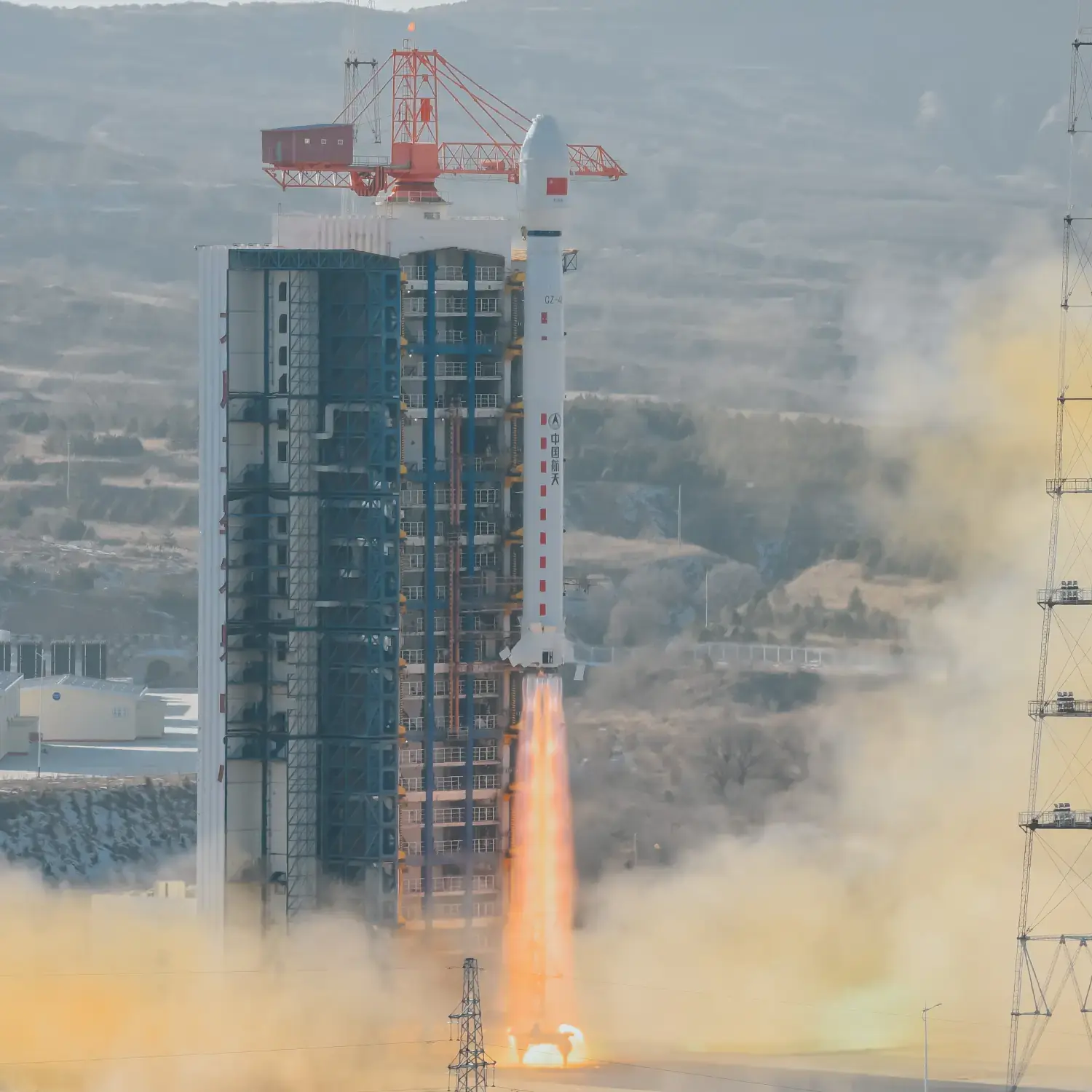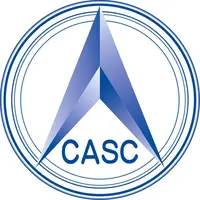/
Fengyun-1D & Haiyang-1A
Launch Success
Liftoff Time (GMT)
01:50:00
Wednesday May 15, 2002
Mission Details
Fengyun-1D
FY-1 (Feng Yun 1) is the first generation of Chinese polar-orbiting meteorological satellites, consisting of four satellites. They were operated by the CMA (China Meteorological Administration). The three-axis stabilized satellites carried two MVISR (Multichannel Visible and IR Scanning Radiometer) as their prime instruments. The MVISR was developed and built by SITP (Shanghai Institute of Technical Physics). It consisted of the following elements: an optical scanner, image information processor, radiant cooler, and cooler controller. For the first two experimental missions, it was a 5-channel instrument, which was doubled to 10 channels for the two operational satellites.
Sun-Synchronous Orbit
1 Payload
954 kilograms
Haiyang-1A
HY 1 (Haiyang = Ocean) is the first operational remote sensing satellite based on the CAST968 bus. The 365 kg box-shaped satellite is three-axis-stabilized and Earth-oriented, with the twin solar wings oriented to the sun. It incorporates an integrated onboard operation management system and has a design life of two years. Its payloads include a 10-band ocean color scanner with a revisit period of 3 days and a 4-band CCD imager with a revisit period of 7 days. HY-1 can provide real-time observations of China's coastal regions such as the Bohai Sea, the Huanghai Sea, the Donghai Sea, the Naihai Sea, and other seacoast regions. Remote sensing data on the rest of the world can be stored in the onboard data storage device for delayed replay. The main task of HY-1 is to observe sea optical characteristics, chlorophyll concentration, surface temperature, suspended silt charge, soluble organic matter, and pollution. It can also be used to observe sea ice, shallow sea terrain, ocean current characteristics, and atmospheric aerosol on the sea surface.
Sun-Synchronous Orbit
1 Payload
360 kilograms
Rocket


Agency
CASCPrice
$64.68 million
Rocket
Height: 46.97m
Payload to Orbit
LEO: 4,200 kg
GTO: 1,500 kg
Liftoff Thrust
2,993 Kilonewtons
Fairing
Diameter: 3.8m
Height: 11.74m
Stages
3
Launch Site
Stats
Long March 4B
4th
Mission
1st
Mission of 2002
2002
24th
Orbital launch attempt